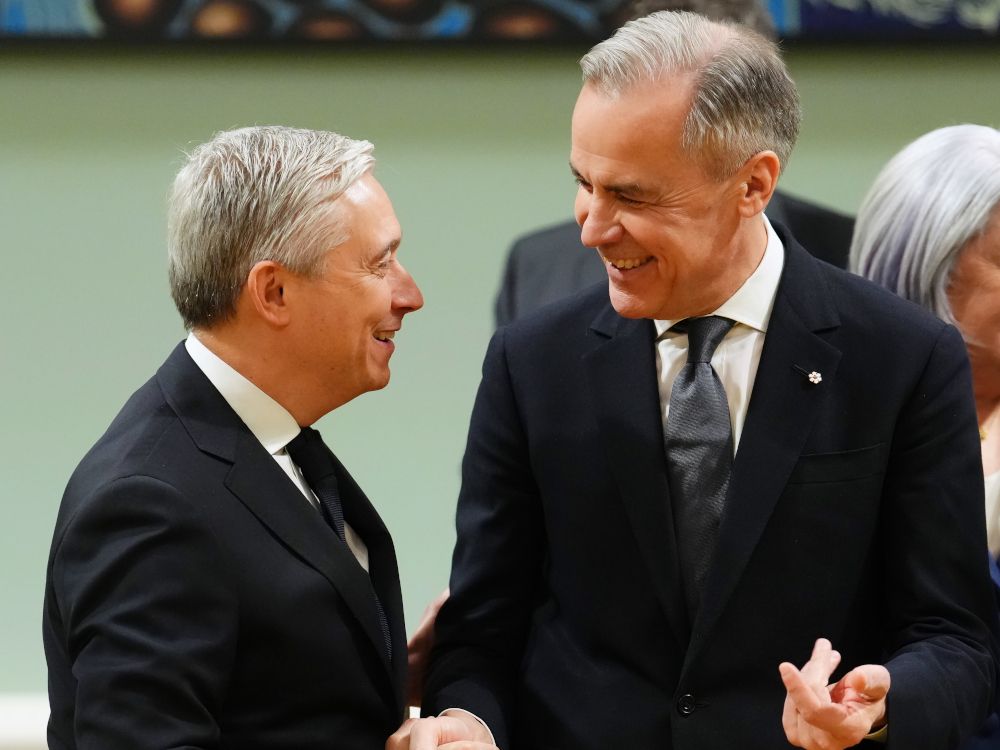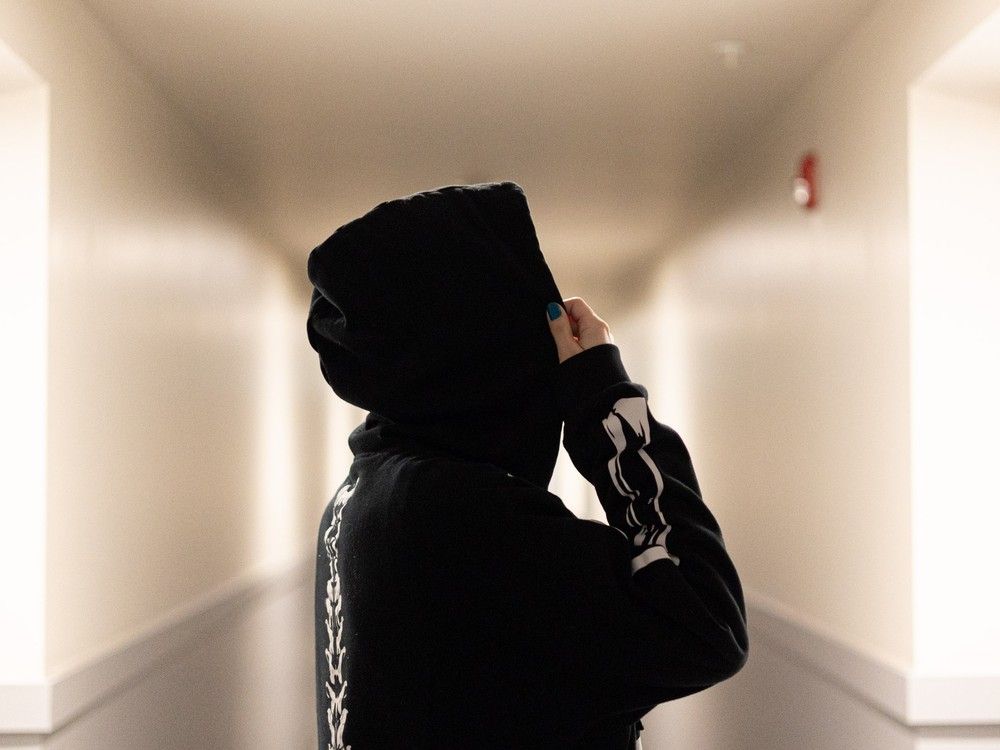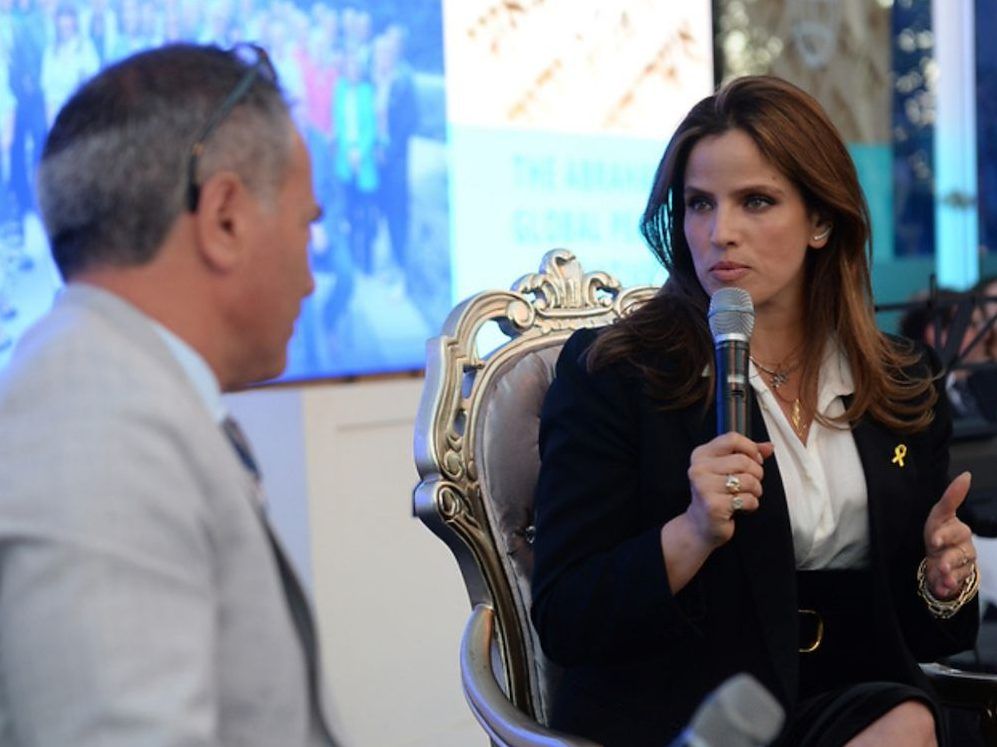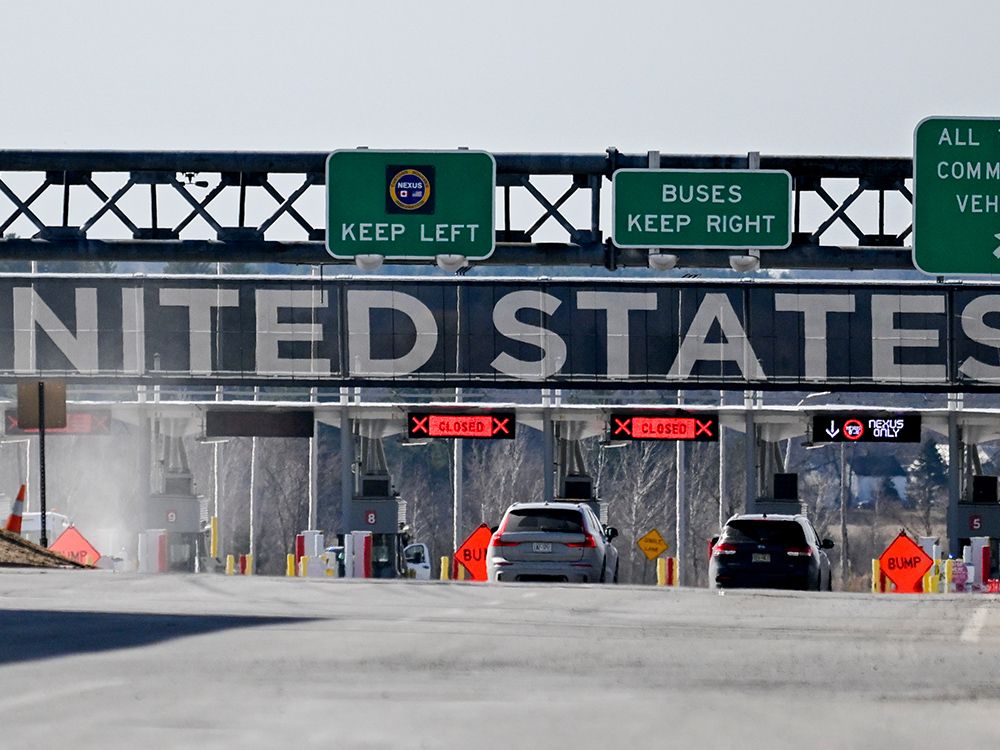
Noa Tishby, one of Israel’s best-known advocates, is waging a narrative battle that she says is aimed as much at defending Western values as the Jewish state.
With an Instagram following of nearly a million and an X following of almost a quarter million, she has fought misinformation in real time since the Oct. 7 Hamas attacks, against the TikTok bots, campus protests, and celebrities tilting the court of public opinion against Israel and the West.
She is a Hollywood actor (The Affair, Big Love, Nip/Tuck, NCIS, Dig) and producer (HBO’s In Treatment, which won 14 Emmy and Golden Globe nominations and a Peabody). She has also written two best-sellers, Israel: A Simple Guide to the Most Misunderstood Country on Earth, and Uncomfortable Conversations with a Jew, with Emmanuel Acho.
In 2022, Tishby was appointed Israel’s first-ever Special Envoy for Combating Antisemitism and Delegitimization, but was dismissed after Benjamin Netanyahu was re-elected as prime minister, after she spoke out against his proposed judicial reforms.
Dave Gordon interviewed Tishby for National Post ahead of the second anniversary of the Oct. 7 Hamas attacks:
Q; What’s your perspective on the newly proposed ceasefire plan that came from President Trump and Israeli PM Netanyahu?
I pray to God that Qatar will convince Hamas to say yes to this plan. What’s extraordinary about it is that for the first time, Hamas is isolated by the Arab world. For the first time, they’re kind of acknowledging — some fully, some kind of half — an acknowledgement, from Saudi Arabia to the UAE to Turkey to Indonesia, that the war has to end, and they have isolated Qatar and Hamas.
To bring all these Arab countries together to stand as a united front against Hamas and to kind of acknowledge, to some extent, that Hamas simply took it too far and they cannot continue to rule Gaza, is absolutely extraordinary. Yes, Hamas needs to come to the table. If Hamas doesn’t agree, then I don’t even know how much more hell can break loose for the Palestinian people, but it is an absolutely extraordinary plan.
Israel defended itself. Israel didn’t start this war. Didn’t want this war, but has to win this war. And nobody wins in wars. Everybody loses. But what Israel wanted the entire time was return the hostages and get Hamas to not rule Gaza anymore. And effectively, this is the plan.
So look, Hamas is a Jihadi terrorist organization that is committed to destroying Israel, killing the Jews, and dying as martyrs for their 72 virgins. That’s who they are. They don’t hide it. So who knows what’s going to happen? But this was an extraordinary step.

Q; As a communications person online, I want to ask you about what you thought of Charlie Kirk’s letter to Netanyahu, which was recently made public, suggesting that the Israeli government ought to set up a real-time fact-check website, rather than have Israel’s allies scramble for answers?
Look, this is way before October 7. Israel’s too slow. I’ve been doing this since I started the first digital advocacy and rapid response organization dedicated to Israel in 2011. I was like, “Why are we not there?” I’ve been talking to government officials throughout the years, and NGOs and Jewish organizations. They’re not open to hearing anything about this. The reason that got me to do this to begin with was because of the first flotilla that came out of Turkey (2010). I saw that Israel’s (clarifying) facts, that took them 48 hours.
Whereas on Twitter at the time, the message was that Israel killed nine peace activists, out of nothing, and that came out in 48 seconds.
Why is there no IDF spokesman press conference every single day? Why isn’t there an Israeli Ministry of Foreign Affairs press conference every single day? Why? I don’t know, but there isn’t.
We’re very late to the game.
But it’s a bigger problem than that. What’s happening on TikTok is that we have kind of outsourced our children’s education to social media and an agent of an algorithm that isn’t even human, that is feeding to our kids something that we have no control or no knowledge over.
Yeah, it’s very dangerous. So not just for Israel or the Jewish people. This is very dangerous for Western values, for liberal democracies around the world.
Israel is just a piece or a pawn when we talk about the threat against Western values. They’re using Israel as a proxy to fight against America. Everything that’s happening on TikTok, all this feeding of this propaganda, it’s all paid and sponsored by entities and countries that want not just to see Israel down, but wants to see America fractured. It’s the undoing of the West’s social fabric.
Q; Is Israel losing the PR war, and what can it do better?
It’s already lost.
It neglected the PR front 30 years ago, and this has been going on specifically in the last 15 years actively. Israel did not see this coming. There had been a war waged on Israel, except one side knew that they’re at a war, and the other side was asleep, which is us.
They’ve been preparing the ground for this for 30 years. Literally, we know where that language started, and how it started, and how they infiltrated all these social justice movements, and what their plan was. Their plans were on college campuses, and it worked better than they probably have expected, right?
So Israel arrived at October 7, already losing, but not knowing it. I think that Israel, as a country, and to some extent, the Jewish communities around the world, we didn’t think we needed this. Like, why would a country think that it needs to justify its existence, right? But the reason that we need this is because the other side was trying actively to dismantle the State of Israel by delegitimizing its existence.

Israel is not committing crimes; Israel
is
the crime to those people. Its mere existence. They’re not building a case against occupation ‘67; they’re building a case against occupation ‘48.
And what had happened was that Israel turned into the only country that its existence and creation is litigated again and again and again and again. And it’s completely astonishing. Because when you look back at the creation of every country on Earth, they were all created in a war.
No country was created on a bed of like, you know, unicorns and cupcakes.
And still, some people think that it’s about the so-called genocide libel, or the so-called starvation libel. That then turns out to be completely fabricated. It’s a bigger game, the game to delegitimize Israel’s existence.
Q; And what can Israel do, moving forward?
First of all, acknowledging that this is what’s happening. Second, actually actively work towards building peace and regional alliances in the Middle East. Deradicalize the entire region through textbooks.
Saudi Crown Prince Mohammed bin Salman wants peace and quiet as well. He doesn’t want the Wahhabis, the jihadists and Hamas and the Muslim Brotherhood. He doesn’t want them to have power. They’re threatening him too, meaning safety, security, stability, quiet, prosperity of Saudi Arabia. They’re threatening everybody, but they’re getting support on college campuses.
It’s the blindness of the Westerners and the Hollywood activists, and all these idiots; really, it’s heartbreaking, but it’s also specifically just very dangerous, because they don’t know what they’re doing. They don’t know what it is that they’re supporting, and how they’re helping these horrible forces.
Q; Speaking of Hollywood, why you think there’s so much quiet with the big voices in the entertainment industry?
This is not new, that people don’t want to put themselves out.
Right now, with all the libels about starvation in Gaza, it’s making people really afraid. People are legitimately scared. It’s more than they don’t want to risk their jobs. So that’s where we’re at, in 2025, when people in western civilization and Jewish people are afraid for their safety.
History is coming back, you know?
Q; Have you received pushback that your message might have less credibility, or more bias, because you’re Israeli?
I don’t see that as an issue at all. I’m a proud American, OK? And I was born, raised in Israel, and I have the perspective of both countries that are very similar. I have nothing to do with the Israeli government whatsoever. When I need to, I criticize the Israeli government, as I did with the proposed judicial overhaul that they attempted to do. I spoke up against it.
I get a lot of crap for it from like, very right-wing American entities. I always say that I’m pro-Israeli and a pro-Palestinian, and these two things are not mutually exclusive. I’m just against Hamas and against jihadists.

Q; I’m reminded of the quote from the Jewish sage Maimonides, who said to accept the truth, no matter the source.
That’s all 100%. And by the way, that’s one of the reasons probably why people are mum about the peace deal, because it came from Trump.
So instead of understanding that it actually has the backing of the regional countries in the Middle East, they’re ignoring it because it came from somebody that they didn’t like, which is unfortunate.
You have to separate yourself, and that’s how I see it. I’m a non-political entity. Nobody knows where my politics and policies are on anything. They just know that I’m pro-Western values.
Q; What do you find is the biggest difficulty in battling anti-Israel propaganda?
There’s always been the lie of colonialism and the lie of ethnic cleansing, and now there’s the lie of genocide. But honestly, I think that the biggest problem that we have right now are the bots.
The sheer amount of money that is put into platforms like TikTok to deliver horrific blood libel lies about Israel in a rhythm and amount and quantity that we cannot overcome. Qatari money, Iranian money, Chinese, Russian, Indonesian.
All this dark money that is going into actively poisoning young people’s minds against Israel and the Jewish people. Again, to fracture the West. Not just the Jews.
Young people’s minds, that’s the biggest problem. Their brains are being hijacked. It’s an orchestra, pushed in every platform, from the New York Times, all the way down to every single social media platform.
Q; Prime Minister Carney recognized Palestine at the United Nations last month. I’m wondering what you think of that?
Look, there’s no desire on behalf of Israelis to rule over millions of Palestinians. But if one thing became clear after October 7, and became clear with this proposed peace plan, is that the Arab world understands that the Palestinians need help. Because if they get a piece of land, what they come up with is October 7, and that cannot happen again.
There has to be many, many steps that need to be taken before a declaration like this can make any sense at all. It’s literally magical thinking.
It’s virtue signalling to their voters, their left-wing, brainwashed constituencies: Don’t vote me out! But it doesn’t mean anything.
This interview was edited for brevity.
























